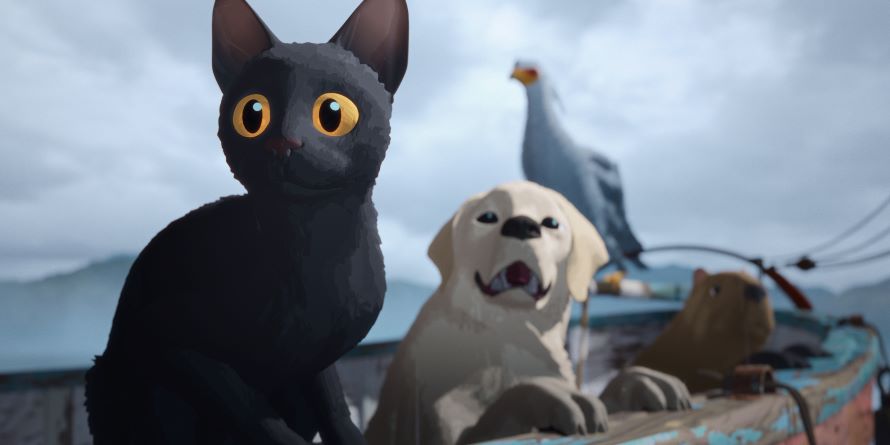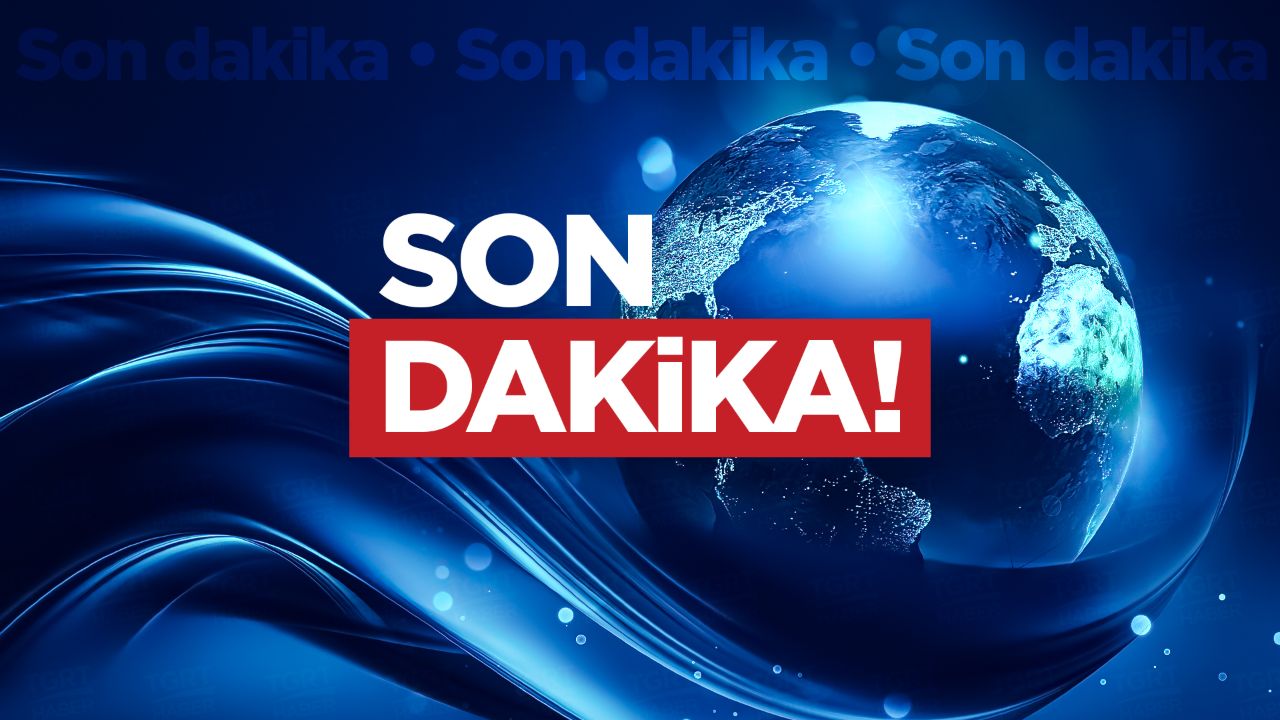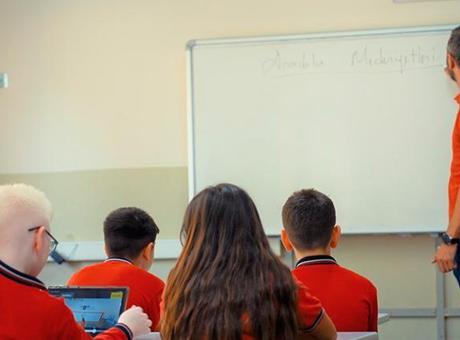‘Flow’ Ushers in the Next Wave of Animation

Northern Europe has been the spot for innovation in cinematic animation for some time. Estonia's Sander Joon delivered the dopest short film of 2022 with the coming-of-age joint Sierra, Finland came through in 20210 with Cruelty Squad, a sick-ass game about the hellscape of the gig economy, and now Flow, Latvia's entry for the 97th Academy Awards, offers up the most inventive animated film this decade. Balancing video game-like aesthetics with naturalistic realism, Flow establishes itself as an eco-fable for the digital generation; one less concerned with whisking away the audience than bringing them back to reality.
Centring on a lone cel-shaded cat and a menagerie of the internet's favourite critters, Flow follows a small black feline before, and during, a great flood that swallows everything but the horizon. After happening upon a lone sailboat carrying a seemingly aloof capybara, the cat and a diverse crew of other animals drift towards an outcropping of rocks in the distance. These rocks, like buttes out of Monument Valley, resemble pillars of smoke more than they do natural wonders. And while there are traces of humanity, in the world and each animal, everyone seems to be long gone. Underneath the waves sit abandoned cabins and cityscapes, populated by Technicolor fish and mutant whales. It's climate disaster on an almost biblical scale.
With each animal rendered to look like they belong inside of a PlayStation 4, but often moving and reacting like their real-life counterparts, Flow uses its artificiality to get into the natural. They flit between a realistic embodiment of their real-world counterparts and cartoonish animals that could be seen in any other children's film. But in that dissonance, they become analogues for those affected by the climate crisis, displaced from their habitats and forced to coexist amongst others they never would have otherwise. We're never privy to any dialogue exchanged between the characters, but over time, we come to see them understand each other, brought together by strife and shared experience.
But in its video game-like fascination with simulating reality, visual quirks and limitations made apparent, Flow knows that it's a representation of something real, and it wants viewers to know that too. Video game aesthetics, curbed by the technological limitations of CPUs and maximum file sizes, emerge from working around those parameters to create something legible to the player. But look closer, even for a moment, and the cracks start to form. Flow takes these cracks and puts them front and center. These aren't bugs, they're features.
Water doesn't crash along shores or debris; it clips through it as if it weren't even there. When something dives in, there's no splash. When it emerges, it isn't wet. Something that unseemly feels almost wrong within the canon of contemporary animated cinema with its shaping of hyper-realistic textures or emulations of physical media. But in a moment where it's easiest to turn away from reality and its oncoming disasters, Flow makes the holes in its fabric its greatest strength.
It breaks its immersion at nearly every turn, making the audience think about themselves and those around them in tandem with the beasts onscreen. A cat may look at its reflection in the film's opening moments, surrounded by totems that resemble it and underneath, a monument in its own image, but so does the viewer. With Flow, the most important thing isn't letting the audience escape to somewhere else, it's letting them know what to hold on to.






